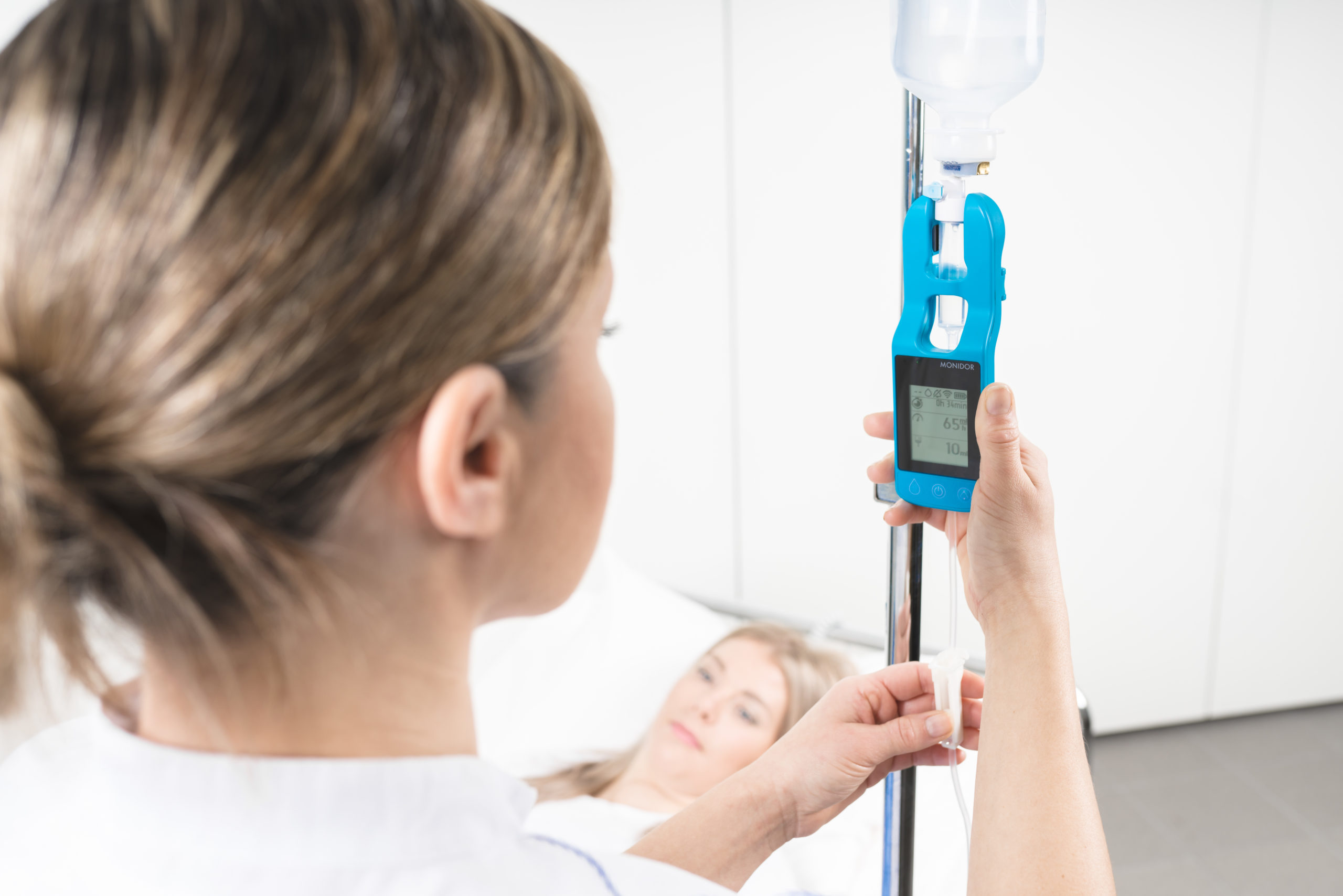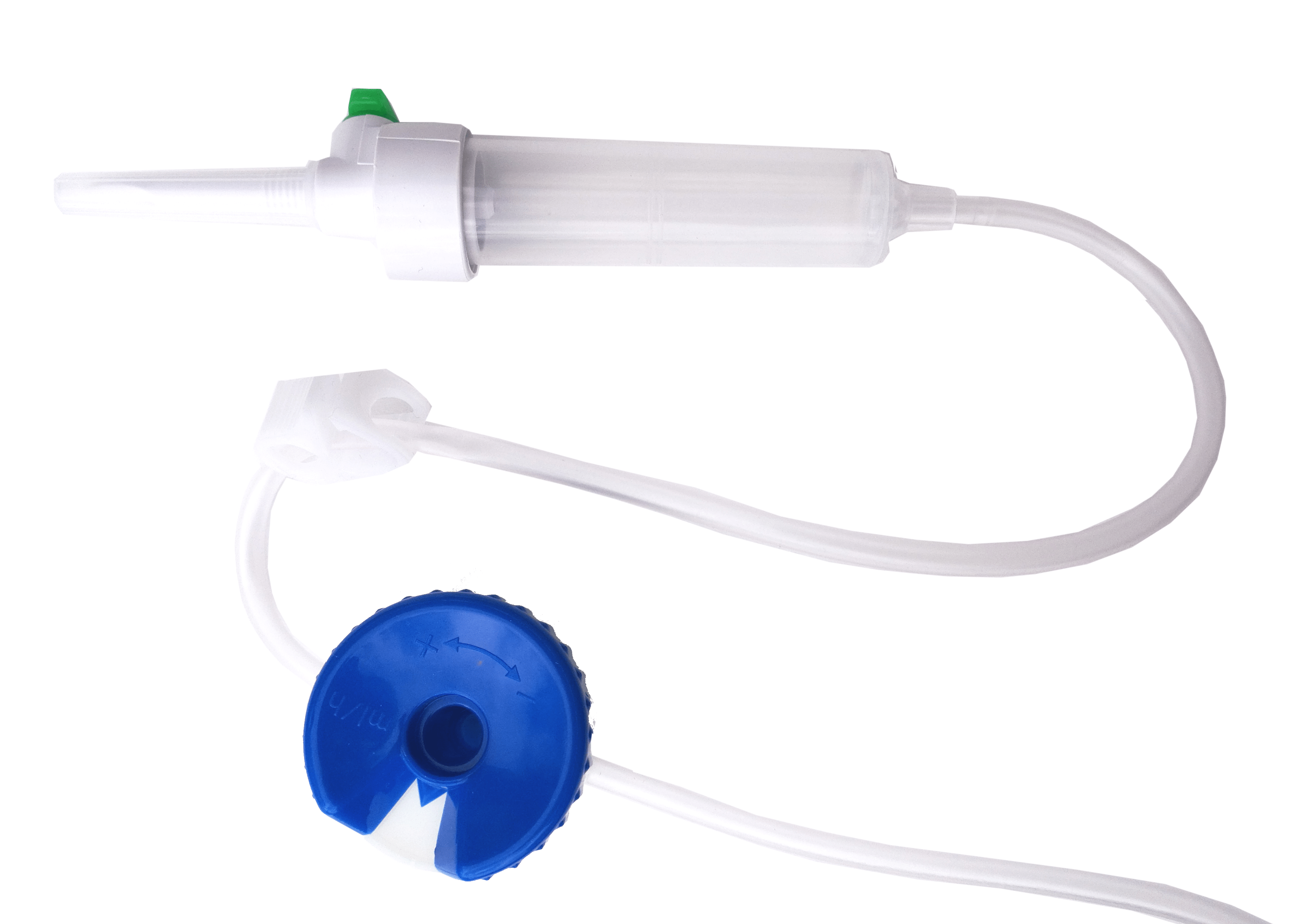IV Therapy
Intravenous therapy (IV) or Infusion Therapy delivers fluids directly into a vein. The intravenous route of administration can be used both for injections, using a syringe at higher pressures; as well as for infusions, typically using only the pressure supplied by gravity. Over 90% of hospitalised patients receive infusion therapy, which makes it one of the most common invasive treatment procedures and a critical component of modern medicine.
However, it is not always apparent how much replacement fluid the patient needs. There are many situations where the patient fluid loss is critical, so it is vital to review the fluid balance every day by senior members of the team. This task should not be taken lightly and is a routine procedure that should be adopted. Everyone involved with patient care has an important role in observing patient’s fluid balance. Careful and accurate fluid management will improve patient outcomes and hopefully shorten their hospital stay.
Introducing the new Monidrop IV Fluid Monitor and Remote Monitoring service – Monidrop-W and IV Screen software. The device and software work in conjunction to allow nursing staff to remotely monitor all infusions on a ward or department from a central computer, tablet or mobile device.
The Monidrop device and IV Screen software support the vision of improving digital technology throughout the NHS with big data policies at the forefront. Whilst Infusion pumps are entirely necessary for certain infusions, they are not always available, can be costly to run, require regular maintenance and are impractical. Manual IV therapy delivered with a gravity IV set, on the other hand, has much less consumable cost and less equipment is needed. However, this method often lacks accuracy which can compromise patient safety.




